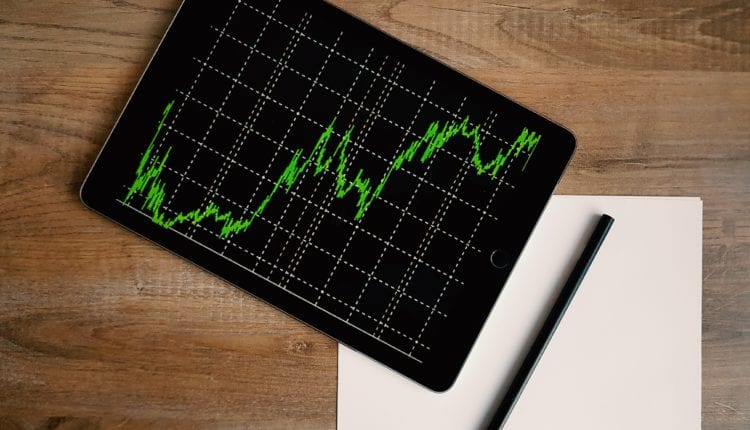The New Wave of Price Controls in Cuba

By Ricardo Torres* (Progreso Weekly)
HAVANA TIMES – One thing emphasized by the Cuban government after the crisis of the 1990s was that changes in the economic model did not imply a complete transition to a market economy. Based on that logic, Cuba’s reality for the past 60 years has been marked by the administrative control of the economy, which prominently includes price controls, a decisive aspect of centrally planned economies.
After 1990, this characteristic adopted nuances as segments proliferated where prices were set with wide margins of freedom, and others where they were determined by cost considerations that did not include any subsidies. It was a complicated picture where new actors were incorporated. More recently, capping prices on agricultural products and private sector transportation services have been reincorporated, especially in Havana. In both cases, with little or no success.
Anyway, from previous experience it should not be surprising that this mechanism is once again being used. What should be highlighted is that it insists on a formula discredited by time, especially when it has been affirmed that it aims to incorporate economic-financial mechanisms for the conduction of productive activity — a path that denies that intention.
It is necessary to establish a difference between the price fixing at a certain level, and its dynamics over time. The price of something may be considered high in relation to income, but you may not experience much variation over time. An important part of the standard of living of individuals and families depends on the quantity and quality of the goods and services that they can acquire.
Access to certain items depends fundamentally on the average productivity of the economy, that is, the mass of total wealth created over a period of time in relation to factors employed, especially physical capital (machinery, infrastructure) and labor. This includes understanding the function of imports, where productivity plays a role in exportable items, which allow resources to be obtained in foreign currency to pay for those purchases.
Therefore, the purchasing power of an individual is determined both by their total income and by price levels. Price determination depends mainly on three elements: the relationship between supply and demand, production costs, and market structure. The latter is not commonly addressed and refers to the level of competition in specific markets. To the extent that competition between bidders is greater, each of them will have less power to impose higher prices. Price plays a key role in market economies. The price movement transmits information to producers and consumers, guiding their decisions.

Governments do not disregard this movement and intervene in a timely manner to correct imbalances that can be generated from monopolistic actions, or in the face of natural disasters or other extreme situations. In that sense, price controls are definitely within the economic policy options.
However, historical evidence is overwhelming regarding the ineffectiveness of price controls when they are applied to many products, or for a long time. The extreme case was verified in centrally planned economies where all prices were established directly by the government, which in the long run caused enormous inefficiencies in the allocation of resources, and factors in the economy. The replacement of the price mechanism by other administrative types proved counterproductive. The administrative apparatus that was needed to replace the market was enormous, and could not respond to the ever changing situations of the economy.
That is precisely one of the fundamental functions and merits of price: to gather and transmit information quickly to inform all agents about the behavior of specific markets. Price controls, where they are practiced, should also seek a balance between the interests of producers and consumers.
It is interesting to note how in most countries central banks set positive inflation targets. Prices should grow, only moderately. The economy, experts say, fits better when prices rise, not the other way around. Deflation (falling prices) in Japan has long been considered an undesirable situation, with serious repercussions for the productive apparatus.
The move made by Cuban authorities controlling the price of a large group of things is risky. The purchasing power of Cuban families is determined by the low level of average productivity, a phenomenon that responds to various conditions that do not have a solution within the framework proposed. The criminalization of certain actions of the market, and the introduction of additional control mechanisms in a country overwhelmed by excessive administrative controls, are part of the problem and not the solution.
The Cuban economy does not have a fundamental demand constraint, but it does have an insufficient supply problem. It is not clear how price controls will help increase production. There is an obsession with the cost of things, but there is little talk about how to grow revenue. The creation of wealth is a matter of capital importance. It is impossible to address it without leading us to essential failures of our model, which are still being ignored as we traverse the sidelines. Keeping prices low, in addition to discouraging production, has regressive effects on income distribution for those who talk of equity. Everyone benefits from lower prices, and high-income groups benefit proportionately more. When presenting the matter in this way the issue of income distribution and, above all, the postponement of an in-depth discussion of its causes, and the presentation of data to describe the phenomenon, are also masked. Behind the back and forth of prices, there is also the problem of inequality.
Unfortunately, measures related to price control have proven popular. Especially since a broader discussion about its implications and medium-term effects cannot be established. Here are some of the shortcomings of the approach taken.
Beyond imbalances that may exist and that need to be corrected, problems that are essentially of production cannot be resolved by circumventing them. Much is said about low levels of investment, but improvements to the incentive scheme are hardly mentioned in order to attract new resources. When conditions improved, for example, resources to repair half of Havana appeared overnight.
It is also unlikely that productivity in the private sector will be stimulated if there’s a risk of unexpected administrative measures to modify profitability. What can be gained in the short term with price controls will be lost in the long term with the fall in production. This is not new. We see it every day in Cuba.
Another mistake is to insist again on the notion that almost by magic a decree or a resolution will improve the purchasing power of citizens. It is also unfortunate that enemies are created out of thin air and blamed for our bad luck thereby legitimizing actions taken by the authorities. These so-called enemies include the cuentapropistas (the self-employed), the resellers, and/or the informal market. The informal sector and resellers remind us daily of the shortcomings of our model, and the little progress we have made in getting rid of it. If there are reprehensible behaviors and citizens who profit through hoarding, they are a reflection of our society. It is pure Marxism. If the supply does not increase in a level proportional to the demand, and the prices do not adjust correspondingly, what follows are shortages, the black market and long lines.
The discussion above is so obvious that one can only imagine what powerful motives could justify these decisions.
*Ricardo Torres is a professor of economics at the University of Havana.

Only a professor of economics could have written this commentary upon price controls. One comment in particular is a pearl, with the author writing that the Cuban economy does have “an insufficient supply problem”.
The communist theory that “each person contributes and receives according to their ability and means” is in consequence meaningless – what is there to receive?